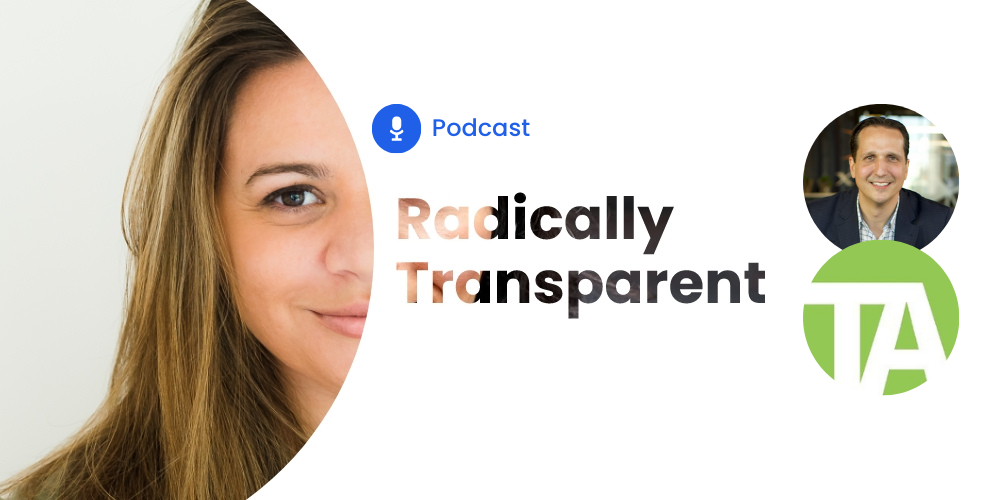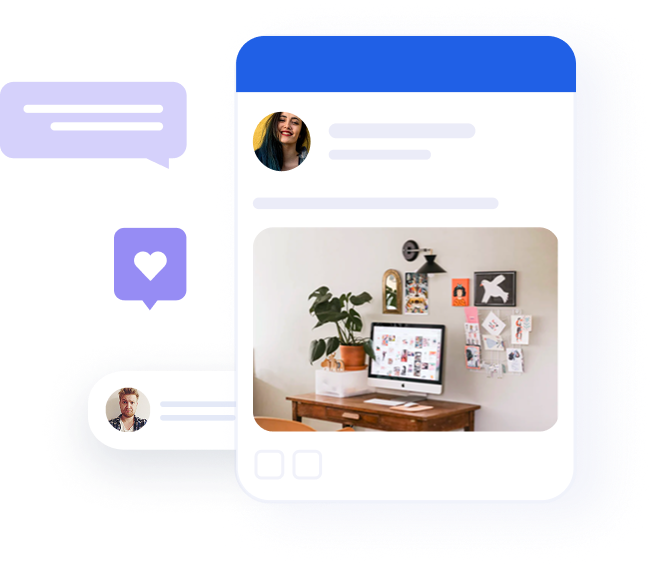How to build advocate personas to scale your B2B employee advocacy program
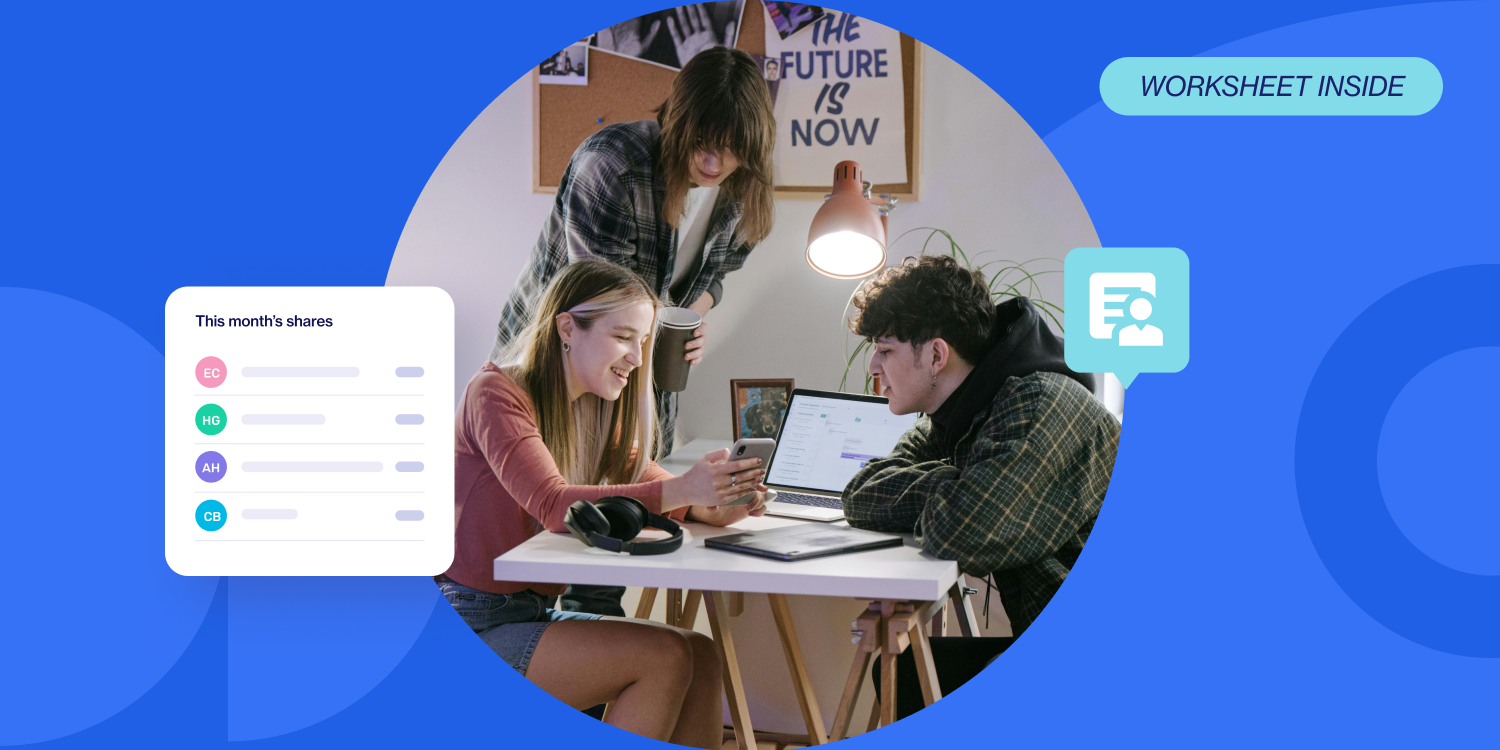
Table of contents
- Why employee advocate personas are key to advocacy success
- 5 steps to build out your employee advocate personas
- Step 1: Identify the right advocates for your program
- Step 2: Understand their social media pain points
- Step 3: Show how advocacy supports their goals
- Step 4: Tailor content to advocate needs
- Pro-tip
- Step 5: Secure buy-in from stakeholders
- Final thoughts: From tactical to strategic B2B advocacy
Employee advocacy thrives when the right people are involved from the start. But who exactly are they? If you want your program to drive real business impact, not just vanity metrics, you need more than a big list of names. You need a plan.
That plan starts with defining your ideal employee advocate personas.
Why employee advocate personas are key to advocacy success
The most successful B2B marketing and sales teams use buyer personas to segment their audience and tailor their messaging. So why should your employee advocacy program be any different?
Employee advocate personas help you:
- Focus your efforts on the people who’ll gain the most from participating.
- Tailor your content to their needs and motivations.
- Secure leadership support in your program to scale.
With over a decade of helping B2B marketers build, launch, and scale their advocacy programs, we’ve built an Employee Advocate Persona Worksheet, that you can download by filling out your details on the right, with five simple steps to follow to help you map out each persona participating in your program.
5 steps to build out your employee advocate personas
Follow these five steps to create your employee advocate personas and share with your content team to keep your advocacy Board filled with meaningful content your advocates will actually want to share:
Step 1: Identify the right advocates for your program
A successful employee advocacy program starts with identifying the right individuals to involve and understanding their potential impact. Begin by engaging your first movers: those employees who can champion the initiative and help build early momentum. Instead of casting a wide net, focus on aligning potential advocates with clear business objectives. Look for individuals across your organization who are:
- Building a pipeline and generating leads (Sales)
- Increasing reach and engagement (Marketing)
- Attracting top talent (Recruitment & HR)
- Strengthening trust and brand affinity (Leadership)
- Investing in their personal brand
- Naturally active and influential on LinkedIn
Recognized as industry thought leaders, such as advisors, scientists, strategic partners, regulatory specialists, and consultants with deep domain expertise
These people will see real benefits from advocacy, but only if it’s relevant to their objectives. Moreover, when thinking about these goals, don’t stop at job titles. Also, take a close look at their LinkedIn activity, follower size, and tone. You might find a hidden star.
A great example comes from ComplyAdvantage, which launched its advocacy initiative with a small pilot group of five Account Executives (AEs) in the U.S.
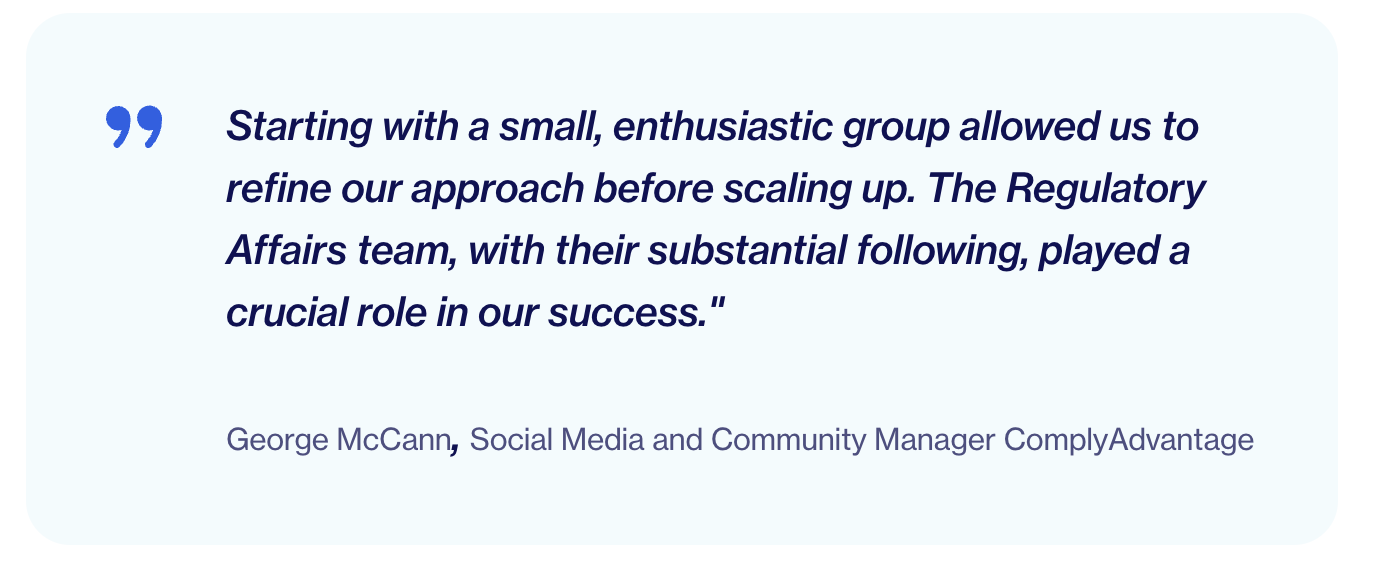
Following early success, they scaled the program to include their entire commercial team as well as regulatory affairs specialists, tapping into deep compliance expertise.They even localized content within Oktopost to support their French-speaking employees and audience.
You can read the full story here.
Pro-tip:
- Use the “Who” field in the Employee Advocate Persona Worksheet to capture these details.
Step 2: Understand their social media pain points
Every department faces its own set of challenges when it comes to social media. To truly engage your advocates with meaningful participation, you need to understand what’s holding them back.
- Sales reps may not have time to craft social content.
- Recruiters may struggle to stand out in a crowded talent market.
- Leadership may want to share but worry about sounding inauthentic.
By pinpointing each persona’s blockers, you can tailor your outreach, training, and content strategy to meet them where they are. A fantastic example of how to do this is the approach Hymans Robertson took when rolling out an employee advocacy program.
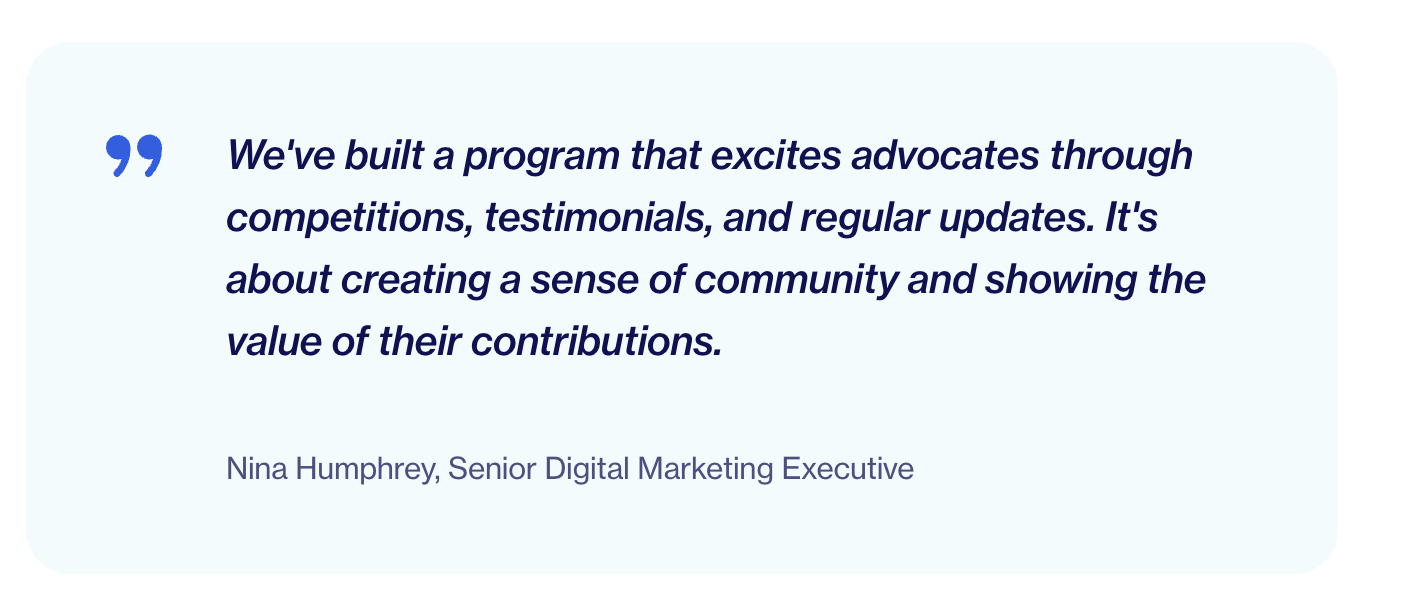 Hyman’s creative approach to engagement, including internal articles, competitions, raffles, testimonials, and regular updates on performance, has kept advocates motivated. Hyman has achieved strong advocate retention by gamifying the program and celebrating top performers.Want to know how they did it? Dive into their engagement strategy here.
Hyman’s creative approach to engagement, including internal articles, competitions, raffles, testimonials, and regular updates on performance, has kept advocates motivated. Hyman has achieved strong advocate retention by gamifying the program and celebrating top performers.Want to know how they did it? Dive into their engagement strategy here.
Pro-tip:
- Document these blockers in the “Pain” section on the worksheet.
Step 3: Show how advocacy supports their goals
Now that you’ve identified who your ideal advocates are and what challenges they face, it’s time to connect the dots. This is where advocacy moves from concept to solution.
- For Sales, time is often the most limited resource. An employee advocacy program equips them with curated, relevant content that keeps them visible to prospects, without the burden of writing every post from scratch.
- For HR and Recruitment, advocacy becomes a powerful way to authentically showcase company culture, values, and the employee experience, helping to attract and retain top talent.
- For Marketing, it unlocks new levels of reach and engagement, extending beyond owned channels and supported by measurable data that proves its impact.
When you frame advocacy in terms of how it directly supports each role’s goals, or as a entire movement, it becomes a no-brainer. Looking for more expert-backed tips from the B2B Program leaders building high-impact employee advocacy programs? Find them here.
Pro-Tip
- Capture these connections in the “How Advocacy Helps” column of the worksheet to strengthen your strategy and messaging.
Step 4: Tailor content to advocate needs
One of the biggest challenges in scaling an employee advocacy program is content overwhelm, especially for already stretched marketing teams. It’s unrealistic to create custom content for every individual advocate, but that’s exactly why mapping advocate personas is so powerful.
When you understand what types of content resonate with specific groups, you can streamline your efforts and still deliver relevance at scale.
Not all advocates are looking for the same thing, and not all content will fit with all advocates.
- Sales teams crave insights, case studies, testimonials, and any buyer-focused resources that support relationship-building.
- Marketing advocates might prefer showcasing bold, creative campaigns or product storytelling.
- Leadership is more likely to engage with content that reflects company vision, growth, thought leadership, and industry positioning.
By grouping advocates by their goals and preferences, you can build a focused, high-impact advocacy content plan without reinventing the wheel for each person.
Pro-tip
- Use the “Content Preferences” column in the worksheet to guide your strategy.
Step 5: Secure buy-in from stakeholders
Even your most enthusiastic advocates need the green light from above. That’s why securing support from key stakeholders, especially the direct managers of your advocates, is essential to driving long-term adoption.
Employees take their cues from leadership, and if advocacy isn’t seen as a priority by their department heads, it’s unlikely to gain traction. Sales reps won’t feel empowered to share content if their manager doesn’t endorse it as a valuable activity. Similarly, Marketing team members won’t prioritize advocacy if their VP doesn’t champion it.
To succeed, advocacy must be positioned not as “extra,” but as a strategic extension of each team’s goals, before reaching out to individual advocates to invite them to your program, take the time to identify their key stakeholders and even gatekeepers. These are the people who influence how they spend their time and what initiatives they support. When you approach these leaders with a tailored pitch that connects advocacy to real business outcomes, you lay the groundwork for a culture of support and sustainable participation.
Pro-tip
- Add the “Key Stakeholder” for each team so you know who to approach first, how to pitch it, and who to build a relationship with when it comes to maintaining your program.
Final thoughts: From tactical to strategic B2B advocacy
Building personas may feel like an extra step, but it’s the best-kept secret to how you evolve and grow your advocacy program from tactical to strategic.
Ready to get started?
Download the worksheet by filling in your details on the right and use it to profile your first 5 ideal advocates. Share it with your content team, and then start building content your advocates can’t wait to share.
Download and share with your team
How to build advocate personas to scale your B2B employee advocacy program
